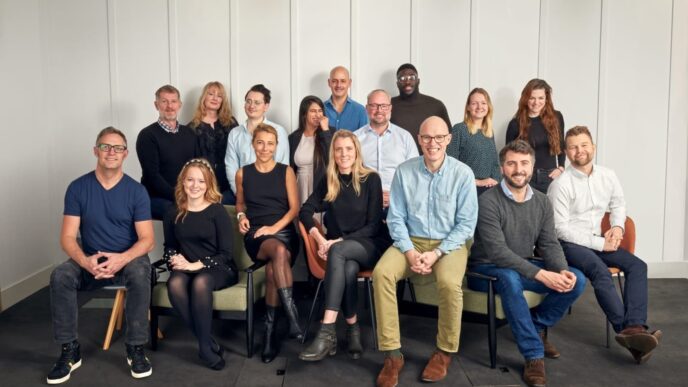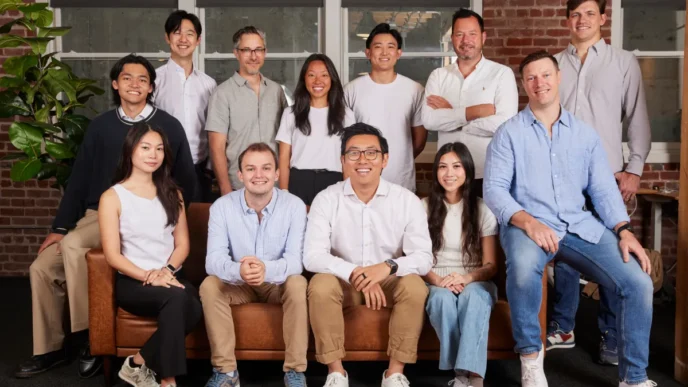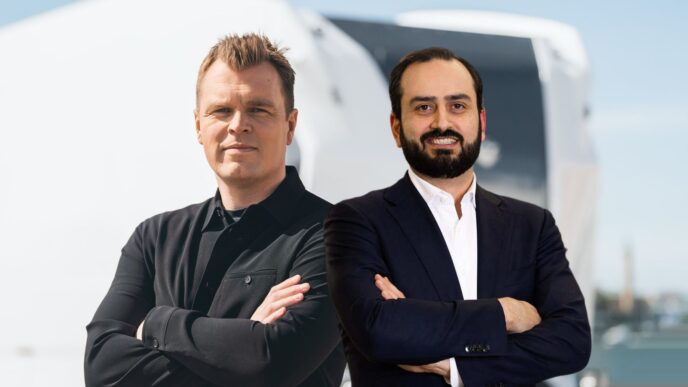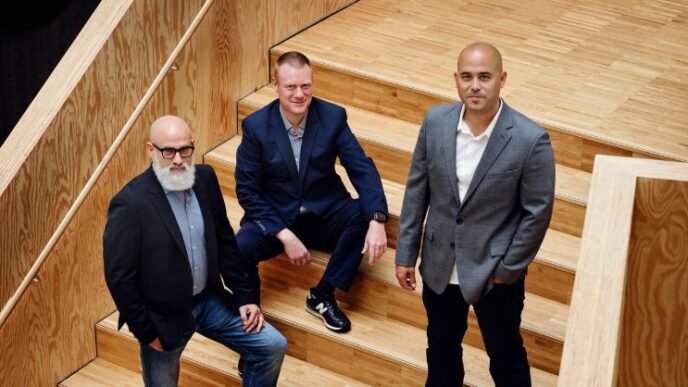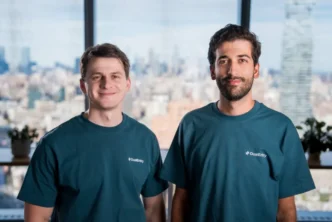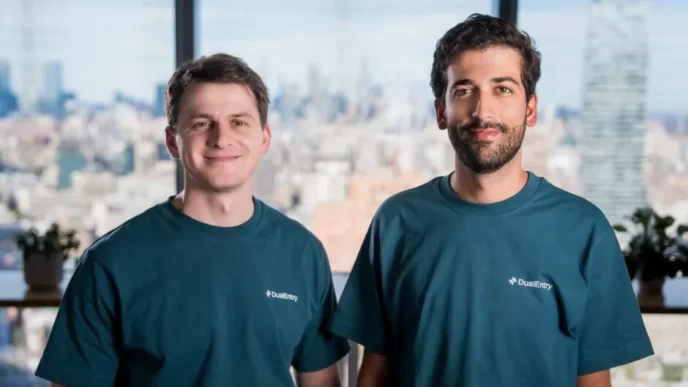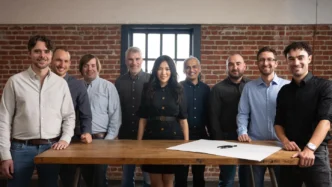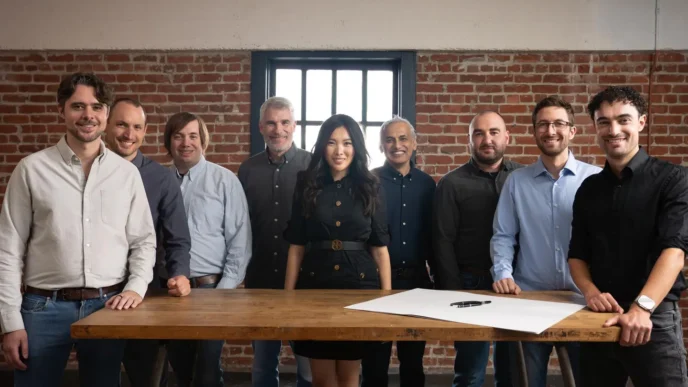Vinted valuation has become one of the most talked-about topics in Europe’s startup world as the second-hand fashion giant explores a secondary share sale that could place its worth at around €8 billion. The move is not about raising fresh money for the company. Instead, it’s designed to give early investors and longtime employees a chance to unlock liquidity after years of growth. Because it’s not a typical fundraising round, it offers a clearer look at how the market actually values Vinted based on performance rather than pitch decks.
The plans are still developing, but discussions suggest the transaction could officially launch in early 2026. Even though the final numbers may shift, the possibility of reaching an €8 billion Vinted valuation signals how powerful the company has become in Europe’s re-commerce landscape. It also highlights how fast the second-hand economy is moving from niche behaviour to mainstream shopping.
The company’s origin story makes the rise even more remarkable. Vinted started in 2008 in Vilnius, Lithuania, when co-founder Milda Mitkutė was preparing for a move and realized she had more clothes than she needed. She teamed up with Justas Janauskas, a technical problem-solver who could turn the idea into a real product. What began as a simple solution to clear out clothes slowly grew into a platform reshaping how people buy and sell fashion across Europe.
Over time, Vinted leaned into a message that resonated with millions: sustainable fashion can be simple, affordable, and fun. That message helped fuel its expansion across Europe and turned the platform into a household name for anyone interested in second-hand shopping. Today, the activity on the marketplace shows how far the idea has scaled. More than 100 million people across 22 countries now use Vinted, and the platform continues to grow as shifting consumer habits push buyers toward affordable and sustainable alternatives.
The numbers behind that growth tell a strong story. In 2024, Vinted generated €813 million in revenue, which marked a 36 percent jump compared to the previous year. Net profits reached €76.7 million, nearly four times higher than before. Because the business depends heavily on network effects, every new country, user, and seller creates more opportunities for buyers. That loop strengthens liquidity, keeps products moving, and makes the platform more valuable over time.
At the same time, Vinted has invested heavily in technology to maintain its edge. The platform’s algorithms help match sellers and buyers quickly, which boosts conversions and keeps users engaged. The company also built integrated services that simplify the experience even further. Vinted Go, its logistics tool, supports low-cost shipping and enables smoother delivery options. And Vinted Pay handles payments to reduce friction, increase trust, and speed up transactions. Together, these tools give Vinted more control over the customer journey and create advantages that are hard for competitors to copy.
Competition still exists, of course. Platforms like Poshmark, Depop, and ThredUp all operate in the second-hand fashion space, each with its own strengths and loyal communities. But Vinted’s scale in Europe, combined with its technology and logistics infrastructure, gives it a powerful position that others struggle to match. Because it is deeply embedded in multiple markets, the company can expand categories faster and learn from user behaviour across regions. And since the platform attracts users interested in sustainable shopping, it benefits from broader changes in consumer values.
As interest grows, the conversation about a potential Vinted valuation continues to attract attention, especially around a future IPO. Even though the company is technically prepared to list publicly, it is choosing a different path for now. The leadership seems more interested in strengthening the fundamentals of the business, improving user experience, and giving investors liquidity through a secondary sale. This approach signals confidence. Companies that aren’t desperate for new capital can afford to take their time, choose strategic moments, and let the market mature before going public.
Looking ahead, Vinted is focusing on several expansion opportunities that may push its valuation even higher. One of the boldest experiments involves testing cross-Atlantic trade routes between London and New York. If successful, this could mark the company’s first major step into the US market, a region dominated by Poshmark and other local competitors. Entering the US is challenging due to regulations, shipping costs, and local habits. But if Vinted cracks that market, it could open an entirely new chapter in the company’s growth.
Vinted is also exploring new product categories beyond fashion. Because the platform already supports millions of transactions each year, it has a strong foundation for expanding into adjacent verticals where second-hand goods are in demand. With shoppers increasingly comfortable buying used items online, categories like home goods, electronics, or even niche collectibles could bring fresh growth and widen the user base.
The company is equally focused on strengthening its infrastructure. As more users join, Vinted continues to invest in logistics terminals, delivery partners, and payment systems. These investments matter because they help reduce friction in the buying and selling process. When users trust the platform to handle shipping, payments, and disputes smoothly, they are more likely to return and list more items. That trust fuels long-term growth and makes the Vinted valuation story even more compelling.
One interesting initiative shaping Vinted’s future is its corporate investment arm, Vinted Ventures. Launched in 2024, the fund supports startups building tools, platforms, or technologies that help accelerate the re-commerce ecosystem. It invests between €500,000 and €10 million in Series A to C rounds, helping new companies grow while strengthening Vinted’s broader mission. This strategy not only opens doors to partnerships but also positions Vinted as a leader shaping the entire circular economy.
Although the company has many options ahead, the secondary share sale remains the key focus today. Investors want liquidity, and employees who helped build the platform want the chance to convert their years of work into financial reward. Because the sale is expected in 2026, the next two years will be crucial in determining where the Vinted valuation lands. Continued revenue growth, successful American test routes, customer engagement, and new categories will all influence how the market judges the company’s worth.
Overall, Vinted is entering an important phase. It is profitable, expanding, and capturing a global shift toward second-hand fashion. And while the company is not in a hurry to go public, each strategic decision it makes will shape the next chapter of its journey. Whether the valuation lands at €8 billion or even higher, the momentum behind Vinted shows how powerful the re-commerce movement has become—and why this company continues to stand at the center of it.



